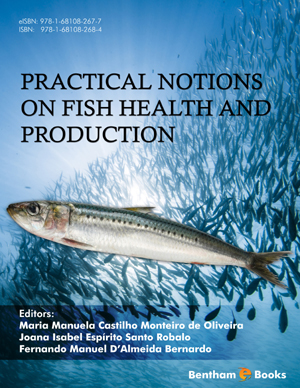Abstract
World fish production is growing due to an economic growth of developing countries, where the population has greater access to expensive animal protein. The livelihoods and income provided to those involved in the fisheries production and subsidiary activities is bigger than that provided by the agriculture. The substantial demand for fish and fish-based products and overcapacity of fishing fleets are, in turn, responsible for the overexploitation of marine resources and for the negative impact on the economy and wealth of the communities living on fisheries. A proper management of marine resources is important in order to avoid multilevel problems, such as ecological, economic, food security and people’s wealth. The international trade in fish and fishery products must comply the WTO agreements and with the guidance documents developed by the Codex Alimentarius Commission. Maintaining the cold chain is one of the largest contributors to the improvement of the international fish trade. Some fishing vessels are adapted to a single method of catch or fishing gear, in spite of many of them being versatile and equipped for polyvalent captures. Regarding the hygiene requirements and the operations carried out on board to the fishery products, the fishing vessels are classified as primary production vessels, freezer vessels and factory vessels. These categories are independent of the size of the vessel or fishing gear and methods used. The most important is to carry out all the operations on board hygienically to maintain the sanitary quality of the product, avoid contaminations and minimize spoilage by temperature abuse.
Keywords: Certification, Fishing areas, Fleet, Hygiene, Inspection, Trade, World production.






















